Garmin Levels Up with the Forerunner 745
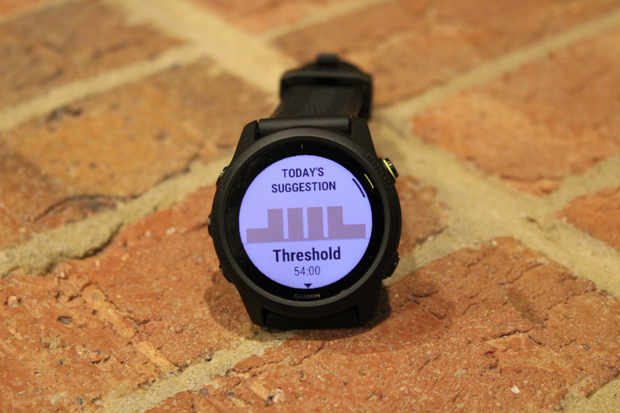
Garmin’s surprise introduction of the 735XT in 2016 was a quiet disruption to their product strategy. It introduced a mid-tier alternative to their 9xx product line, and it signaled Garmin’s shift to round screens for their multisport products. Since then, Garmin released two generations of its top watch while the 735XT saw no updates.
The 745 is a massive jump forward from its predecessor. It is still compact, and it gains most of the advances of its premium counterpart. In fact, it looks and acts just like the 945 but in a smaller and lighter package. It is 3.2mm smaller in diameter, 0.4mm thinner, and 3g lighter, so it feels noticeably smaller and lighter on your wrist. It only gives up capacity for 500 songs (the 745 holds 500 while the 945 can store 1,000), battery life, and base maps for true navigation.
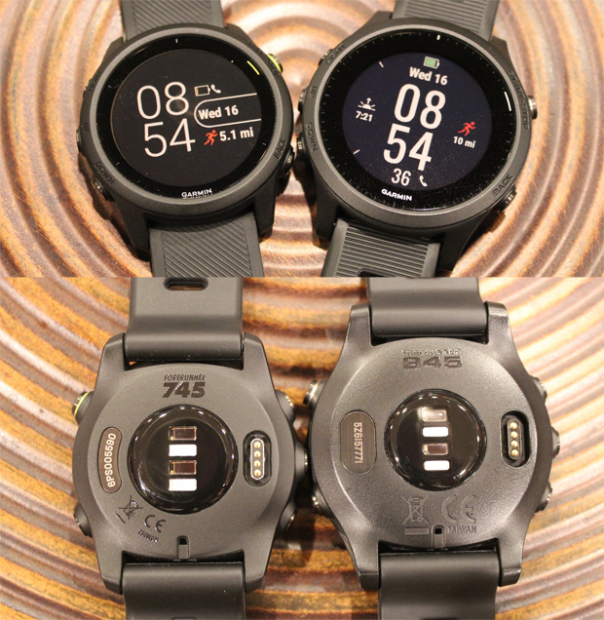
Battery life might be the most significant improvement to many full-distance triathletes. The 735XT advertised 14 hours of battery life in GPS mode. That will easily cover a half-distance race, but it would be on the bubble for many full-distance athletes. The 745 has 16 hours of battery life, which might give a lot of athletes confidence to opt for the smaller watch.
After battery life, there is a long list of new features and enhancements:
• Same look and design as the 935 and 945
• 240×240 high-contrast screen
• Latest optical HRM sensor
• Swimming HR
• Pulse Ox Sensor
• Barometric altimeter
• More than a dozen FirstBeat metrics
• Wi-Fi
• GPS, GLONASS, and GALILEO
• Music onboard
• Garmin Pay
• Track Run profile
• Daily Suggested Workouts
Daily Suggested Workouts is an example of the potential synergies with Garmin’s FirstBeat acquisition this year. Daily Suggested Workouts was introduced on the new Edge 1030 Plus, and the Forerunner 745 is the first wearable to offer the feature. It provides daily run and ride recommendations based on current training load and VO2 max. It is like an analytics-based version of a personal coach.
The new Track Run profile is great for people who do track work. Instead of relying solely on GPS, it detects the lane and snaps GPS data to the track to give much more accurate distance and time splits. And, you have the option to override lane if you wish.
Thanks to its size and weight, the 745 is very comfortable as a daily wear device. With 7 days promised battery life in smart watch mode, most users would probably charge a couple times per week with regular workouts factored in. It very good at activity tracking, capturing steps, sleep, HR, Pulse Ox, floors climbed, respiration rate, calories, and letting users analyze them from either the mobile app or website. It has core smart watch features like phone integration for notifications, music control, weather updates, etc. And Garmin’s Connect IQ store provides smart watch extension that are only limited by developer creativity.
In summary, the Forerunner 745 offers a choice for athletes who prefer a smaller wearable without major feature compromises from a top-end multisport watch. Its MSRP is $500 USD compared to the 945’s $600 MSRP. The only feature absences from its larger counterpart are battery, map-based navigation, and more memory for music.


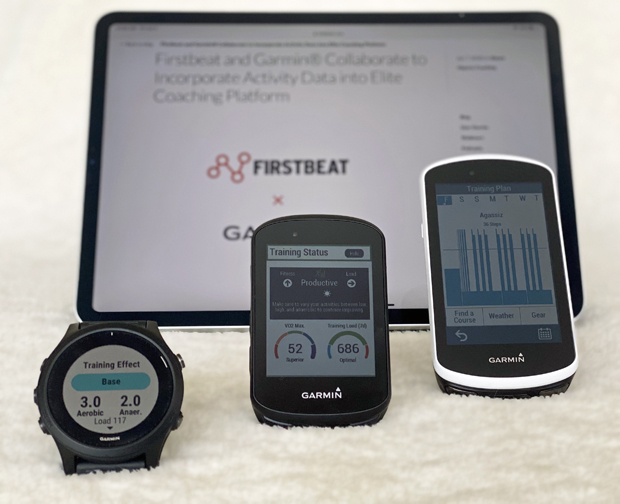
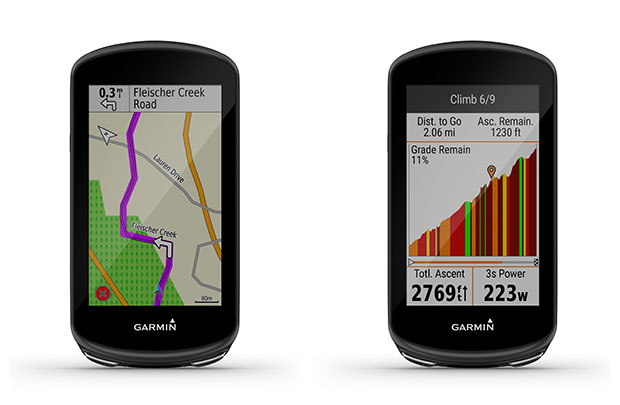
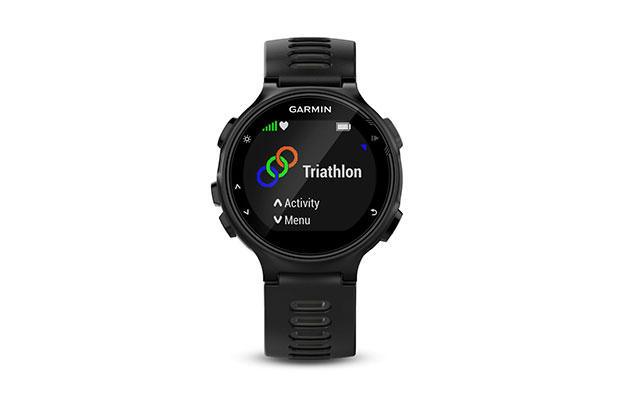
Start the discussion at forum.slowtwitch.com